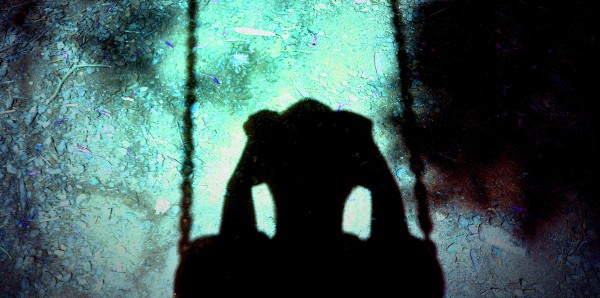Natalie* is 20 years old. She used to have blonde hair. Now it is fading to brown and thinning. She was 15 when she first contemplated suicide. The urge became so intense she was hospitalised.
What she went through no-one should have to endure. Natalie was bullied.
She says there’s “a horrible reality to bullying and depression, whereby one cannot cope any longer and finds the only way to escape is through self-harm”.
Desperation to escape the stress of peer group pressure and bullying makes suicide an ever-present danger for many teens.
More young males commit suicide than young females. But that doesn’t mean that teen female suicide doesn’t exist. Each year in Australia around 100 teenagers take their own lives. However that figure doesn’t represent suicide attempts. It is thought that at least five teens attempt suicide in Australia each day.
Natalie did attempt suicide but the first warning for her family came when she was still just toying with the idea.
“I was home sick from school and on Facebook with one of my closest friends who I thought would keep my thoughts safe,” she said. “I told her about how I was feeling and what I was considering. Although I did not feel like taking my own life that day, I intended to do so in the near future. However my dear friend did not realise this and contacted my mum and my school.
“Mum then phoned me, distressed, and told me not to do what I was thinking and that she loved me.”
Natalie’s mother rushed home and arrived shortly before the ambulance that had been called by the school principal.
“I couldn’t look at her and I ran up to the bathroom and locked myself away. Mum thought I was trying to commit the act. I was just trying to clear my head. I was crying and curled up in a ball.
“I just couldn’t communicate with them to tell them that I was fine. I was just too overwhelmed with emotions.”
When they arrived at the hospital, Natalie was separated from her mother. The room was plain and painted white, with only a chair and a single bed.
“They didn’t put me through any tests,” she said, “they just sent in a therapist to talk to me. Once we finished talking, they let my parents in to see me and then sent me home.”
Natalie was advised to see a counsellor for a few weeks so she could speak to someone about what she was going through, rather than bottling it all up.
Her mother, who was still terrified, kept telling her that she loved her.
“Although I knew I could never take my own life in the end, her words kept repeating in my head and made me realise that I was accepted and loved.
“My dad was scared. He had just lost his father and wasn’t sure if he was going to lose his daughter as well.”
The loss of her grandfather had contributed to Natalie’s depression. “I just couldn’t handle that. Although I knew death was coming for my grandfather, I never knew how strong I would have to be for others.”
Seeing her father and other family members grieve made Natalie strive to bind everyone together but the emotional and physical pressure became too much when people started bullying her and isolating her from her peer groups at school.
“Although I’ve always had true friends I could never find enough people to love me. That is when I had a school day off and started to truly contemplate my existence,” Natalie said.
“I felt confined, isolated, taunted, regret and depressed. In some forms of self-harm I felt relief.
“My friends seemed to accept that I had dug myself into a hole but they had no idea what was truly going on.”
Suicide is becoming more visible in the media with Hollywood using it as a theme. Movies such as Imaginary Heroes and The Chumscrubber have suicide as a main plot line. Even the hit TV show Glee focused on the issue in one episode.
Natalie says that approach needs to be seriously reconsidered. “They have made it look fashionable when it’s the complete opposite.”
There’s no mistaking the strength of her feeling when she says she would never wish anyone to go through what she has experienced.
“Until bullying can be completely eliminated, children will always consider taking their own lives,” she says.
“I’ve never really talked about it to strangers but on many occasions people have asked me for advice. I told them my own story and told them that in the end, it’s not worth it. Although you may find relief, your family and friends never do.”
Five years later, Natalie can now see her life getting better with each and every day. After completing her HSC, she was accepted at the University of Wollongong to study to become a primary school teacher.
“To be able to teach and inspire students to learn is my true passion,” she said.
“There is not a day that I think back and consider doing that again. I have my lovely and truly wonderful boyfriend, who also makes my life so much better.
“My parents are much more accepting and understanding of my needs and are better able to accommodate them. All in all, I can see my life. I have plans for a wedding, children and a full career that no one can take away from me. I am truly happy and I look forward to each and every tomorrow.”
WHO reports that every year, almost one million people die from suicide; a “global” mortality rate of 16 per 100,000, or one death every 40 seconds. In the last 45 years suicide rates have increased by 60 per cent worldwide. Suicide is among the three leading causes of death among those aged 15-44 years in some countries, and the second leading cause of death in the 10-24 years age group. These figures do not include suicide attempts which are up to 20 times more frequent than completed suicide.




No Responses